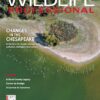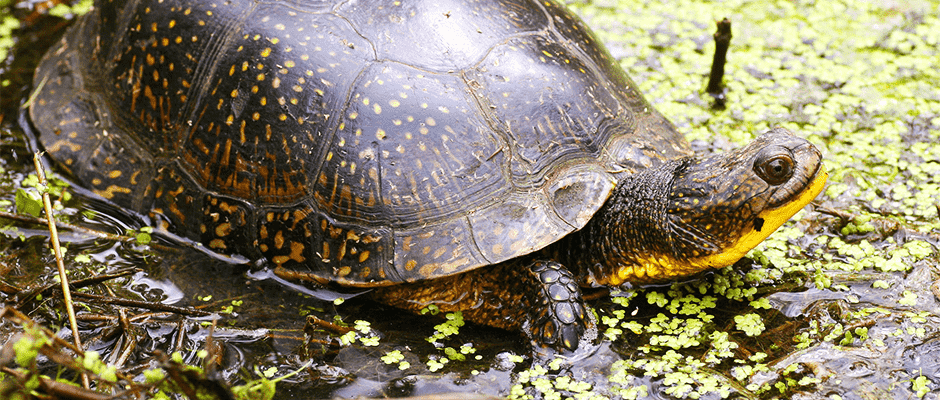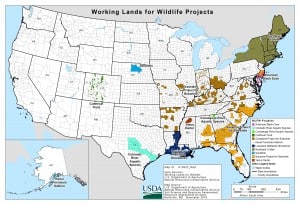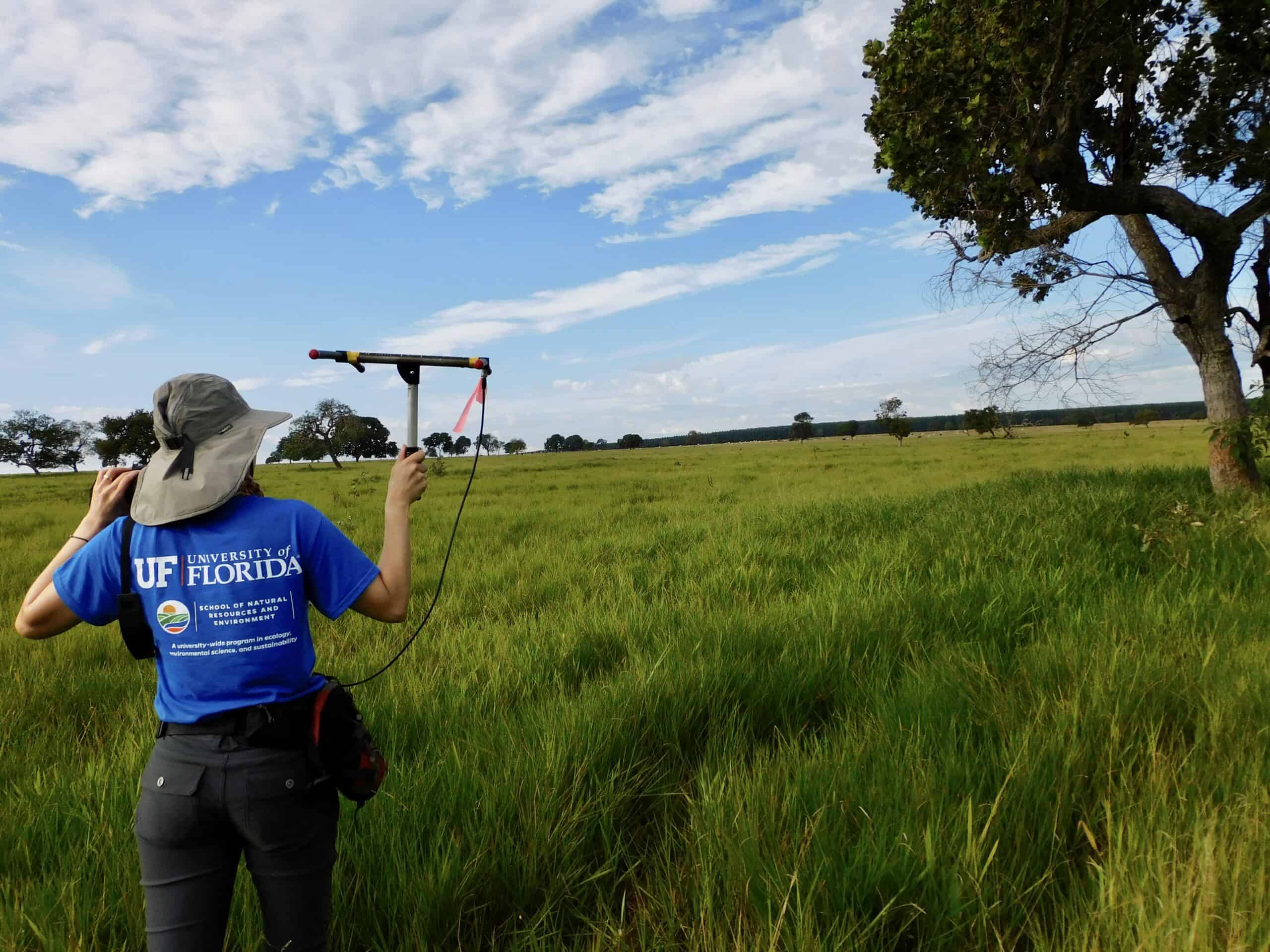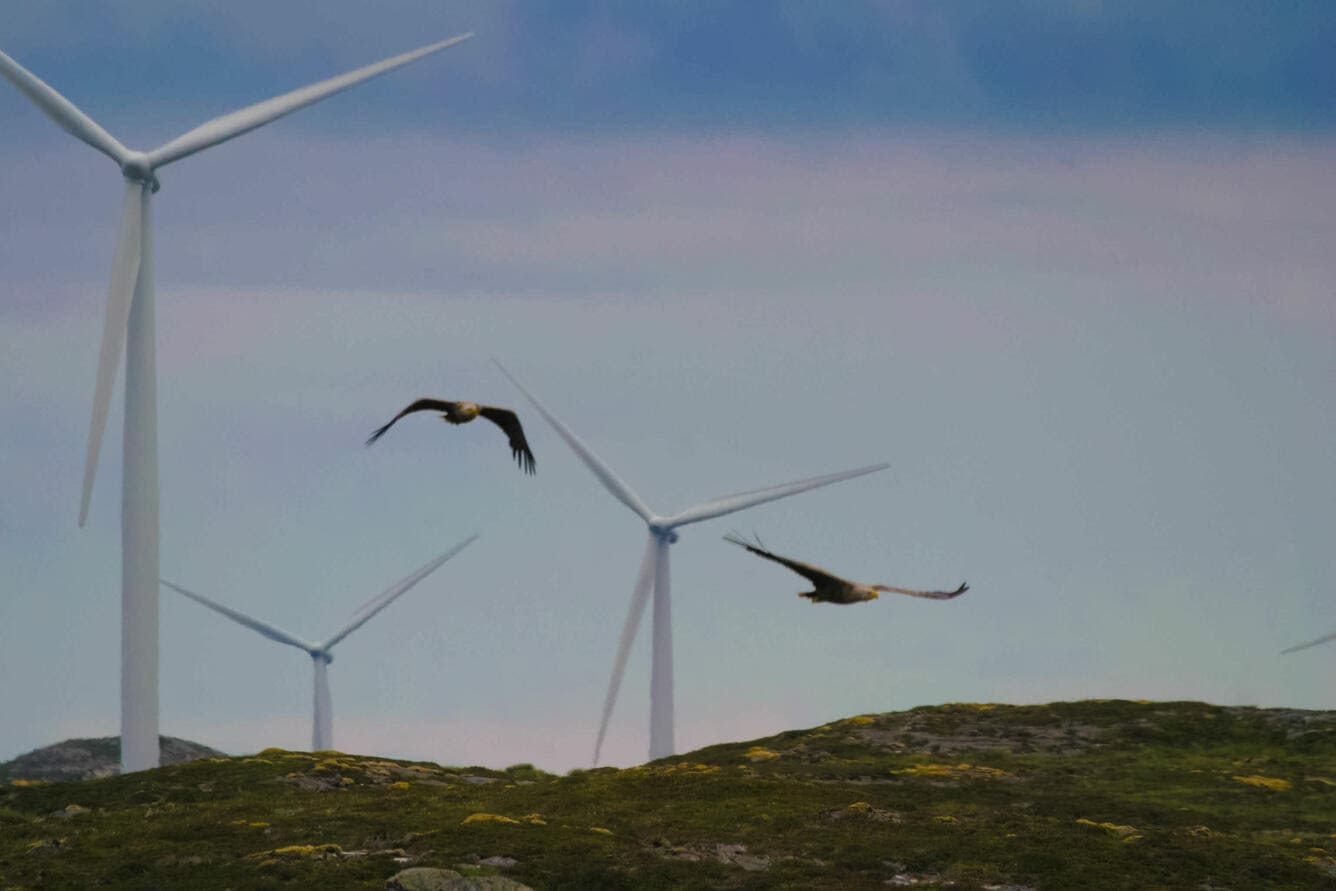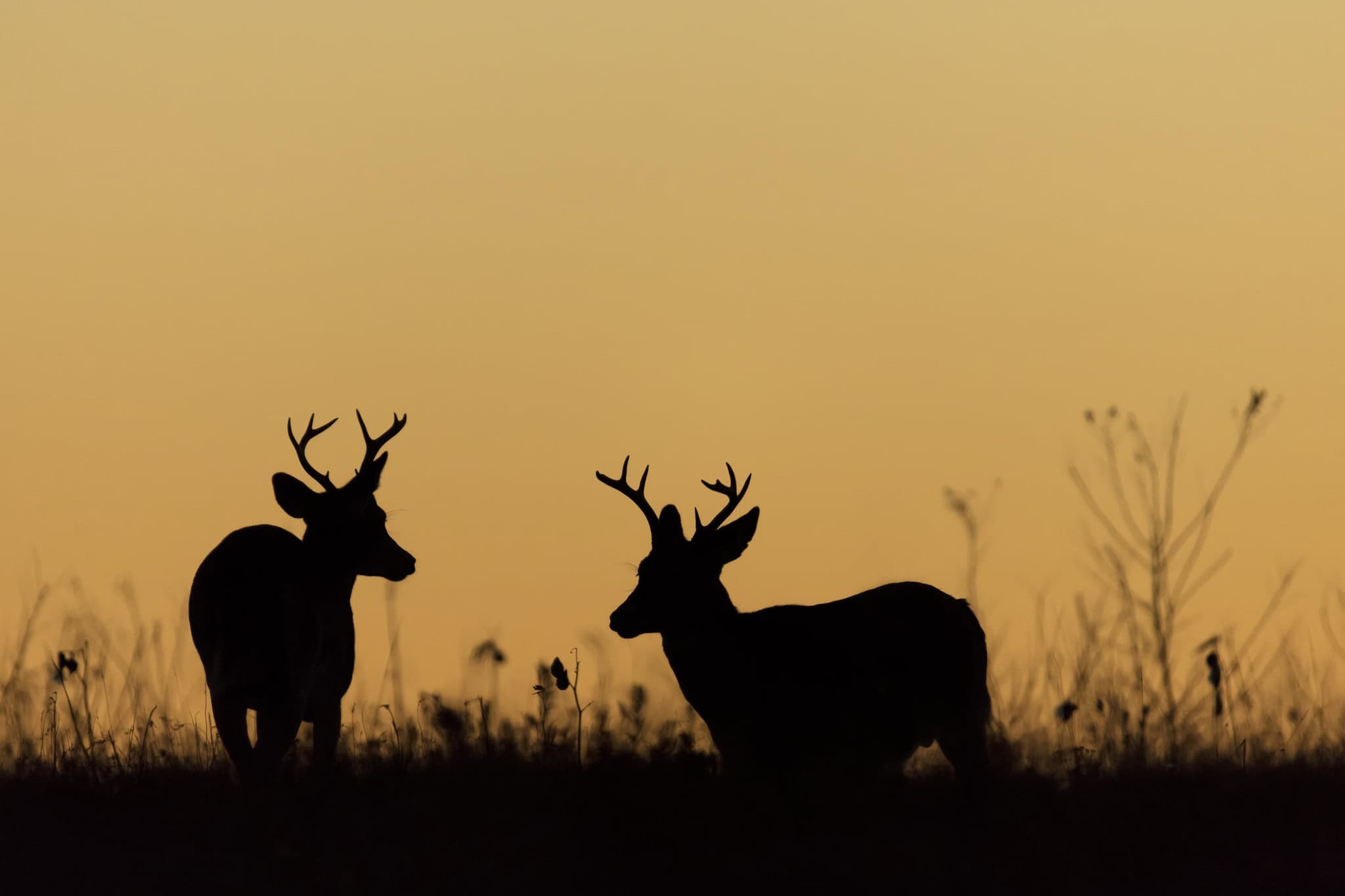Share this article
NRCS expands working lands conservation program
The U.S. Department of Agriculture’s Natural Resources Conservation Service (NRCS) has added 11 new projects to the Working Lands for Wildlife (WLFW) program, which incentivises conservation of wildlife on private and agricultural lands.
Through WLFW, NRCS provides technical and financial assistance for private landowners and agricultural producers to implement science-based conservation efforts on working landscapes. The program, which began in 2012, has benefitted 6.7 million acres of habitat for seven target species: the greater sage-grouse (Centrocercus urophasianus), lesser prairie-chicken (Tympanuchus pallidicinctus), gopher tortoise (Gopherus polyphemus), New England cottontail (Sylvilagus transitionalis), golden-winged warbler (Vermivora chrysoptera), southwestern willow flycatcher (Empidonax traillii extimus), and bog turtle (Clemmys muhlenbergii).
On Nov. 29, NRCS added 11 projects focused on a host of wildlife species that are found on working lands across 30 states.The projects identify declining species that have needs compatible with agricultural practices and whose conservation will benefit other species, expanding the original scope of the WLFW project.
Northeastern turtles are among the species set to benefit from these new projects, including the Blanding’s turtle (Emydoidea blandingii), wood turtle (Glyptemys insculpta), and the spotted turtle (Clemmys guttata) – all candidates for listing under the Endangered Species Act. NRCS will work with landowners across seven northeastern states to increase and restore wetland habitat that the turtles rely on.
Through the new projects, landowners and agricultural producers will also help restore habitat for declining populations of northern bobwhite (Colinus virginianus). Working with NRCS, landowners in 13 eastern states aim to restore a total of 232,000 acres of early-successional bobwhite habitat in grasslands, shrubby areas, and savannas by 2018.
Other fish and wildlife species the new projects aim to conserve include:
- American black duck (Anas rubripes)
- Yazoo darter (Etheostoma raneyi)
- Aquatic species in the Conasauga River (GA, TN)
- Mussels in the Colorado River (TX)
- Shorebirds of the Louisiana wetlands
- Cutthroat trout (Oncorhynchus clarkii)
- Sandhill species in Nebraska
- Salmon species on the Kenai Peninsula (AK)
Nearly 70 percent of U.S. land is privately owned; thus, effective and cooperative partnerships like those built through the WLFW program are imperative to further habitat and wildlife conservation efforts.
“Agriculture and wildlife both thrive together through landscape conservation,” said NRCS Chief Jason Weller in a news release. “Working Lands for Wildlife has delivered many unprecedented successes over the years, and we’re proud of our collective past achievements and look forward to continuing our work with America’s producers.”
Header Image: The Blanding’s turtle is a candidate for federal listing, but NRCS’ expanded conservation efforts aim to bolster turtle and other wildlife populations. ©Ontario Nature

